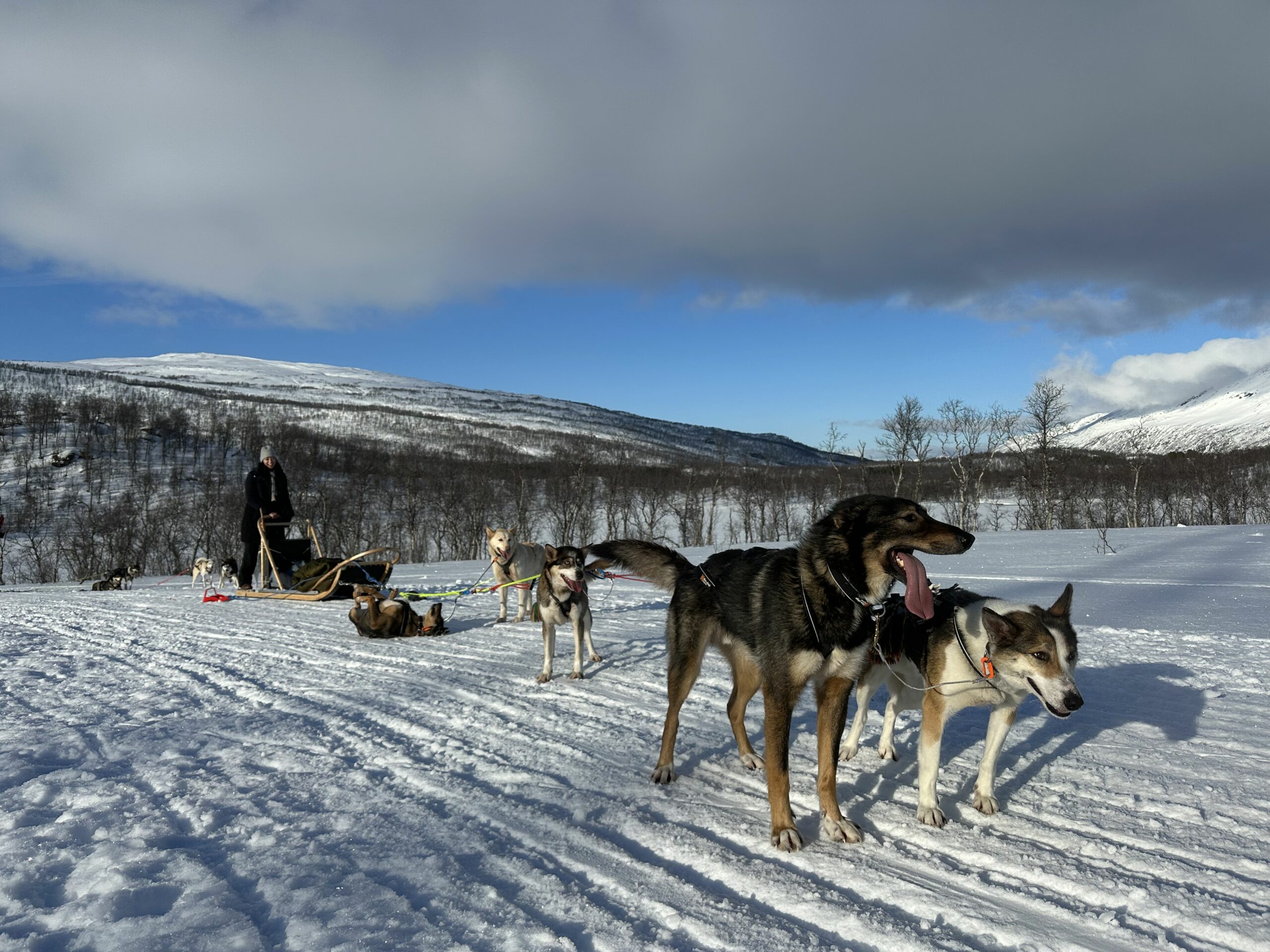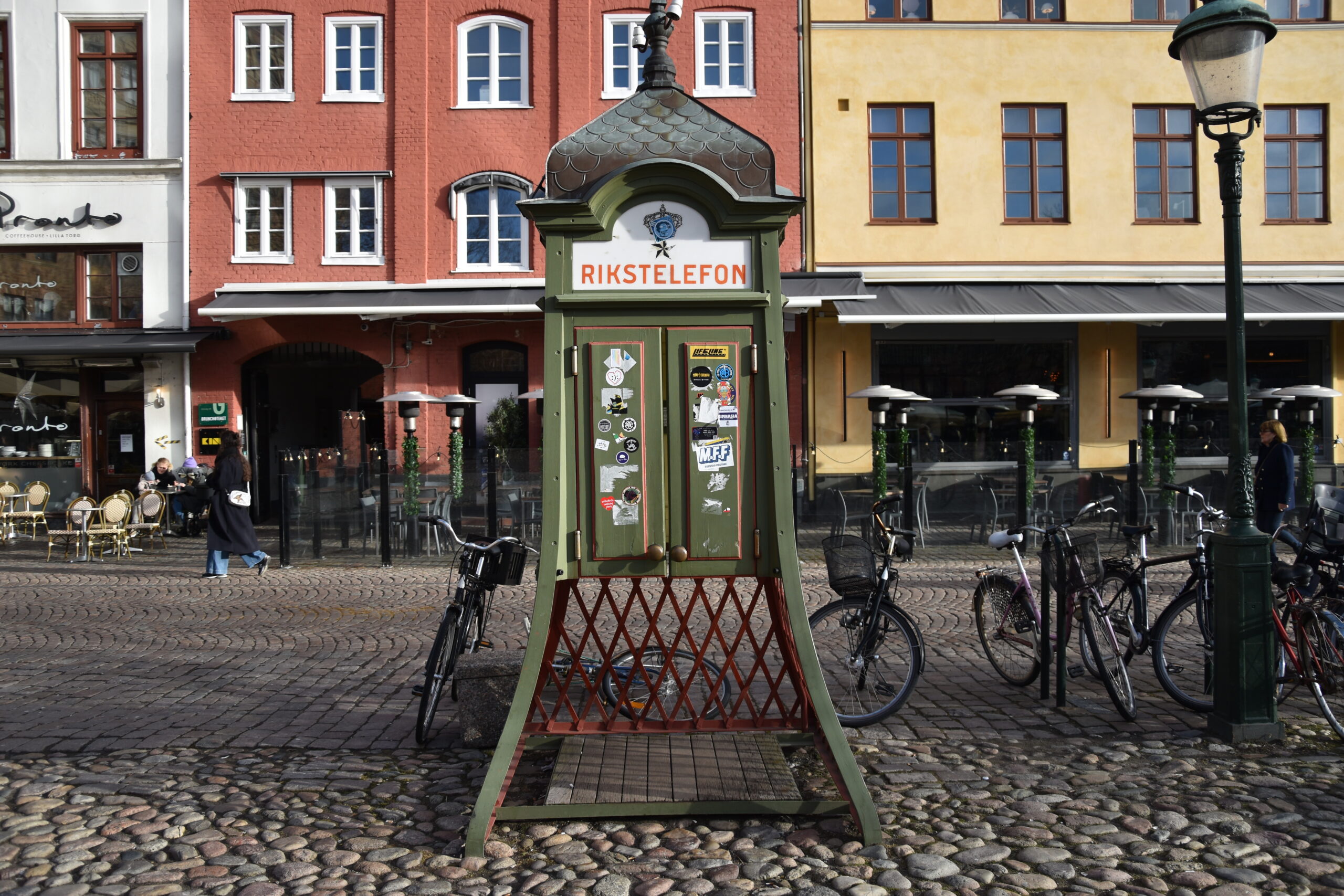As I lay in bed the other day, after returning from my walk in Assistens Kierkegård that afternoon, I wondered drowsily if anything had followed me home.
The thought struck me as absurd. Not for the reasons one might think – like a healthy disbelief at the existence of supernatural phenomenon. No, truthfully, my first instinct was that the graveyard seemed far too serene to play host to any malevolent spirits.

Because Copenhagen cemeteries function both as places where people bury their dead, and conventional parks. On the main thoroughfares, shadowed by funerary monuments, cyclists swerve to avoid pedestrians walking their dogs. Young couples sojourn between headstones with prams in hand.
Churchyards in Copenhagen began to double as public gathering spaces in the late 1700s. It started with Assistens Kierkegård – it was deemed popular to go out to Assistens for a picnic with one’s friends, given how exquisitely pretty the site was (a tradition that has famously persisted to the modern era.)
The popularity of Assistens Kierkegårde was also compounded due to its reputation as the graveyard du jour for the wealthy and famous. Johan Samuel Augustin, an astronomical writer, started the trend with his request to be interred in Assistens upon his death in 1785. To this day, people who have contributed significantly to Danish culture and history continue to be buried there. Notable names include Hans Christian Andersen, Søren Kierkegaarde, and Niels Bohr.

I discovered my first cemetery completely by chance. I was walking aimlessly through Frederiksberg (as someone as disorganised as I often does.) Suddenly, a father, son and dog walking in front of me took a sharp right turn onto a path lined with trees.
Being aimless, I naturally made the snap decision to follow them.
The path led into a park, which was covered in a blanket of pure white snow. Like the tourist I am, I began shooting photos of the scene.

It was all going well until I peered closer at a strange dark rock and found names and numbers.
Reader, I must admit I panicked. My first thought went something like:
Shit, am I supposed to be here?
I looked around in deep paranoia. A woman walked by nonchalantly with her small dog on a leash; elsewhere, a man tramped through the powder without a second look.
That was my introduction to Solbjerg Park Cemetery. As I wandered through, I began to appreciate the beauty of the gravestones, standing in neat rows, against a backdrop of white.

My reaction is understandable, given the stark contrast to how cemeteries are treated in Australian culture. They’re kept separate from our daily life – the only time I’d step foot in one is if someone close to me had died. I can’t help but wonder if this divide informs our attitudes toward death.
I’ve experienced anxiety about death and the process of dying. Hasn’t everyone? It stems from an unfamiliarity with the unknown – no one really knows what happens when you die. Your soul could ascend to a higher plane, if you’ve sacrificed enough. You could simply cease thinking and therefore being. Both possibilities are terrifying in their own ways.
I thought visiting a cemetery would ignite an existential crisis. But really, it achieves the opposite. I felt more at peace with the thought of death than I have for years, since the invincibility of childhood gradually wore off.
I think maybe being there offers solace that, despite one’s beliefs or disbeliefs, time will continue to pass regardless. Dead or alive, we’re all here together enjoying a beautiful day. The birds are singing and I feel the heat of the sun gentle on my cheek, which also warms the bones of those resting in the ground. I’d like to believe, in some way, that they can feel it too.

In Assistens, I searched on the provided cemetery map for the graves of the aforementioned H.C. Andersen, Søren Kierkegaard, and Niels Bohr. It’s the world’s most morbid scavenger hunt.

H.C. Andersen’s grave is surprisingly modest – at least, compared with the other headstones.

Kirkegaard’s burial site is shared with members of his family. It’s slightly grander than the humble marker on Andersen’s grave.
Niels Bohr’s final resting place is very difficult to miss.

I also found this interesting Easter egg as I was walking through the older part of the cemetery.

Andreas Morgenrødt turns twenty-eight this year and is yet to die. His occupation of ‘tidsrejsende’ (time-traveller) might go some way to explaining the situation. Hopefully, someone is keeping him away from his own final resting place – a time paradox is the last thing the world need right now.




